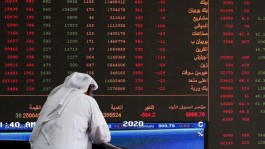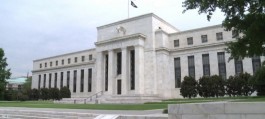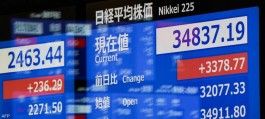Oil prices steadied after two days of gains as an industry group pointed to a drop in U.S. crude inventories and traders began counting down to a Federal Reserve interest rate decision that will shape markets.
Brent crude was little changed, remaining above $87 a barrel after rising 2.4% in the first two sessions of the week, lifting the benchmark to its highest close since late October. West Texas Intermediate crude was near $83. The American Petroleum Institute reported a 1.5 million-barrel drop in U.S. crude inventories, according to people familiar with the figures. The group also noted a large draw in gasoline stocks.
The U.S. central bank is expected to keep interest rates unchanged for a fifth straight meeting later on Wednesday, though policymakers may offer hints about when they are ready to shift to monetary easing. Jeff Currie of Carlyle Group said oil would rise well above the current consensus of $70 to $90 a barrel if the Fed cuts rates in the coming months.
Crude oil has risen about 13% this year, after breaking out of a tight trading range that had halted volatility in the first weeks of 2024, with the spread between supply and demand narrowing. The advance was supported by OPEC+ supply cuts and geopolitical risks, including Ukrainian drone strikes on Russian refineries.
Oil futures spreads suggest traders are pricing in a tight market, with the spread between the nearest two Brent contracts for December delivery now more than $5 a barrel, a trend that sees the nearest contract priced higher than the futures contract. A month ago, the spread was less than $4.









































